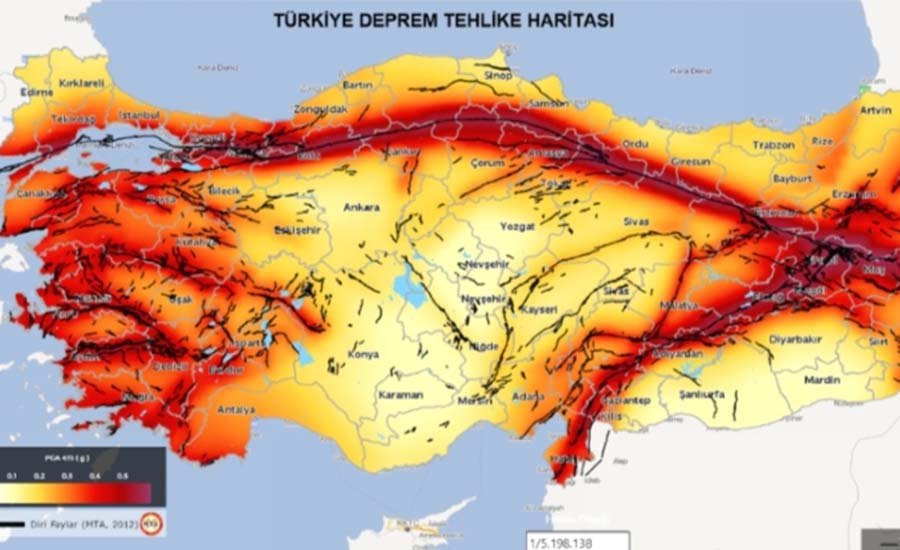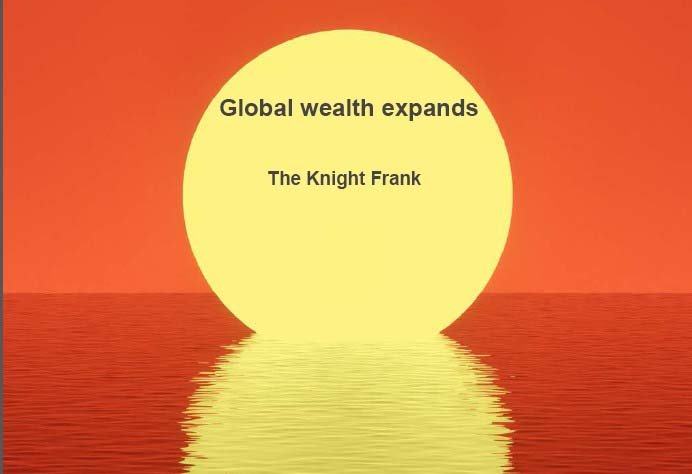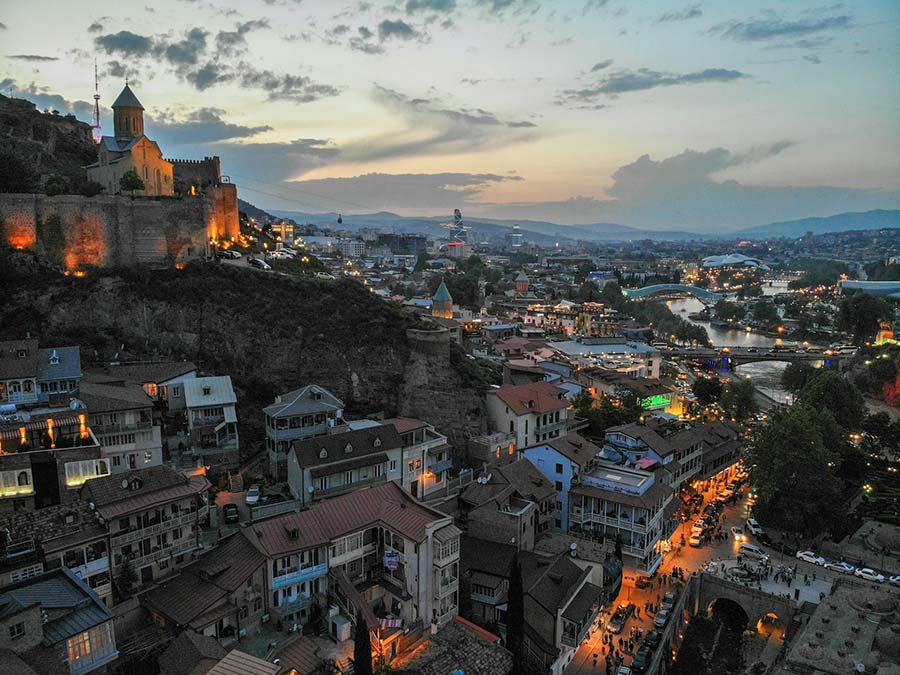читайте также
 New housing rental rules in Greece
New housing rental rules in Greece
 Turkey at the Epicenter of Seismic Risk: 100 Earthquakes a Day
Turkey at the Epicenter of Seismic Risk: 100 Earthquakes a Day
 Global Wealth Map: The U.S. Maintains Leadership, Asia Strengthens Its Position
Global Wealth Map: The U.S. Maintains Leadership, Asia Strengthens Its Position
 Money Transfers to Georgia Increase: USA, Italy and Russia Lead
Money Transfers to Georgia Increase: USA, Italy and Russia Lead
 Londoners no longer want to buy property outside the city
Londoners no longer want to buy property outside the city
 Housing in Bosnia and Herzegovina: prices, yields, and risks in 2025
Housing in Bosnia and Herzegovina: prices, yields, and risks in 2025

The Finnish authorities have extended their decision to keep the Finnish-Russian border closed indefinitely.
The migration situation in Finland in 2024–2025 has seen significant changes, especially concerning the eastern border with Russia. Finland closed this border citing the threat of so-called "instrumentalised migration"—the alleged use of migrant flows by Russia to exert pressure on Helsinki following the country's accession to NATO in 2023, reports Reuters.
At the end of 2023, Finland recorded a sharp increase in the number of migrants arriving via the Russian border, mainly from Syria, Somalia, Yemen, Iraq, and Afghanistan. In just two weeks of November 2023, the number of such migrants reached 500. Finnish authorities accused Russia of facilitating these flows, suggesting that Moscow was using migration as a tool of hybrid pressure in response to Finland’s NATO membership, according to the Mixed Migration Centre (MMC).
In response, Finland passed an emergency law allowing border guards to turn away migrants at the border and reject their asylum applications, a move that drew criticism from human rights organizations such as Amnesty International.
Unlike the eastern border, Finland’s western border with other EU countries remains open. This is because migration flows through the western border are considered controlled and not a threat to national security. Migrants arriving via the western border undergo standard screening and allocation procedures according to EU regulations.
Migration Statistics in Finland
According to the Organisation for Economic Co-operation and Development, Finland accepted 40,000 new long-term or permanent immigrants in 2024, a 31% increase compared to 2021.
Of these, 41% were family members, 32% labour migrants, 19% people exercising freedom of movement, and 8% humanitarian migrants.
However, the number of asylum applications has significantly decreased. In 2024, there were 2,399 initial applications, 47% fewer than the previous year.
Migration Challenges in Finland
Finland is facing several migration-related challenges, as highlighted in reports by the Finnish Immigration Service:
Politicisation of migration: The government, led by right-wing parties, has tightened migration policy, prompting criticism from human rights advocates and international organisations.
Infrastructure strain: The sharp increase in migrant numbers via the eastern border has put pressure on border infrastructure and reception services.
Social integration: Integrating migrants into Finnish society remains a challenge, especially amid cuts to social programmes and growing anti-migration sentiments.
Attitude Towards Russian Migrants
Finland does not consider Russian migrants to be "worse" than migrants from other countries. However, in the context of the current geopolitical situation and accusations that Russia is using migration as a pressure tool, Finland is particularly cautious about migrants arriving via Russian territory, reports Euronews. This is not due to the nationality of the migrants, but rather the alleged actions of the Russian state.
Finland continues to accept migrants and refugees, particularly through the western border and official channels. However, amid tense relations with Russia and concerns about migration being used as a pressure tactic, the country has increased controls at its eastern border. This decision is based on national security concerns, not prejudice against certain nationalities.
Entry Possibilities via Other Regional Countries
Finland allows entry for Russian citizens via its western border if there are valid reasons, such as:
Residence permits in Finland, another EU or EEA country, or Switzerland
Long-term visa (type D)
Family ties with citizens of the EU, EEA, or Switzerland
Entry decisions are made individually during border control. Russian citizens may consider the following alternative routes to enter Finland—via Norway or via Estonia, Latvia, and Lithuania by ferry.
Norway
Norway has tightened entry restrictions for Russian citizens, including a ban on tourist visas issued before 2022 or by other European countries. Exceptions are made for visiting close relatives or for work/study purposes in Norway.
Estonia
Estonia does not plan to impose new entry restrictions for Russian citizens and allows entry with valid visas or residence permits.
Latvia
Latvia has extended its ban on Russian tourists until March 2025, citing internal security threats. Exceptions are made for those with residence permits in Latvia or other EU countries, as well as for humanitarian reasons.
Lithuania
Lithuania, like other Baltic states, has restricted entry for Russian citizens, with exceptions for certain categories such as residence permit holders, diplomats, and those entering for humanitarian reasons.





